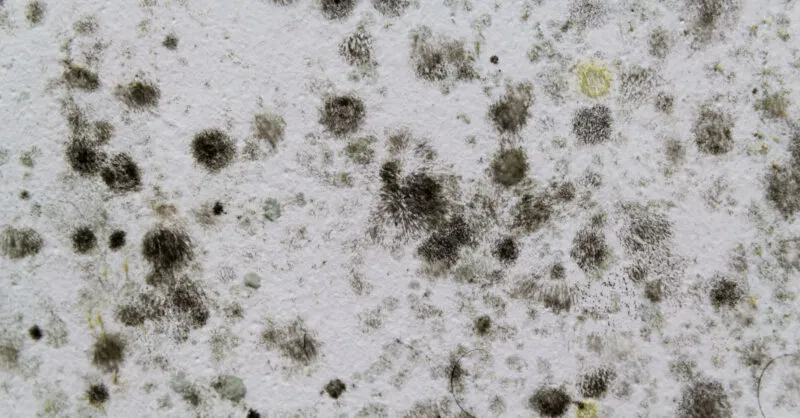When homeowners hear the term “black mold,” it often sparks fear. Images of toxic spores spreading through the house may come to mind. But is black mold really different from other types of household mold? And how worried should you be if you spot mold in your home? Let’s break down the facts about black mold vs. common mold and what you need to know.

What Is Black Mold?
The term “black mold” usually refers to Stachybotrys chartarum, a type of mold that appears dark green or black in color. It thrives in areas with constant moisture, such as:
- Flood-damaged homes
- Leaks behind walls
- Damp basements
- Areas with poor ventilation
Black mold has gained a reputation for producing mycotoxins, which are toxic compounds that can affect indoor air quality and potentially impact health. The CDC states that certain molds are capable of producing toxins, but exposure risk depends on the species, environmental conditions, and individual sensitivities.
What Is Common Mold?
“Common mold” is a broad term that includes the many species of mold that can appear in homes. This includes molds like Aspergillus, Cladosporium, and Penicillium. They come in a variety of colors—green, white, gray, or even orange.
Just like black mold, common molds thrive in damp environments and can spread quickly if moisture problems aren’t addressed. While they may not always produce mycotoxins, they can still cause allergic reactions, asthma flare-ups, and other respiratory issues.
Can You Tell the Difference by Sight Alone?
Here’s the tricky part: you cannot determine the type of mold in your home just by looking at it. Black-colored mold isn’t always the toxic mold you fear, and many molds may look similar. The only way to know for sure is through professional mold testing and inspection.
Why It Matters
While Stachybotrys chartarum often takes the spotlight, all molds can cause problems if left untreated. Both black mold and common mold can:
- Damage property and belongings
- Spread to other parts of your home
- Cause health symptoms such as coughing, sneezing, or skin irritation
- Trigger asthma or allergy responses
The EPA notes that molds produce allergens and irritants, and in some cases potentially toxic substances, and that exposure can irritate the eyes, skin, nose, throat, and lungs of both mold-allergic and non-allergic people.
What You Should Do If You Find Mold
If you spot mold in your home, don’t panic—but don’t ignore it either. Cleaning surface mold may help temporarily, but it doesn’t address the underlying moisture or hidden mold. The better approach is:
- Identify and correct sources of moisture (leaks, condensation, humidity).
- Schedule professional mold testing to determine the type and extent of contamination.
- Carry out proper remediation to remove mold safely, ensuring containment and thorough cleanup.
Bottom Line
When comparing black mold vs. common mold, the takeaway is that all mold should be treated seriously. The color or name doesn’t guarantee safety or risk. If you suspect mold in your home, the most reliable step is to schedule a professional mold inspection and act before the problem escalates.
